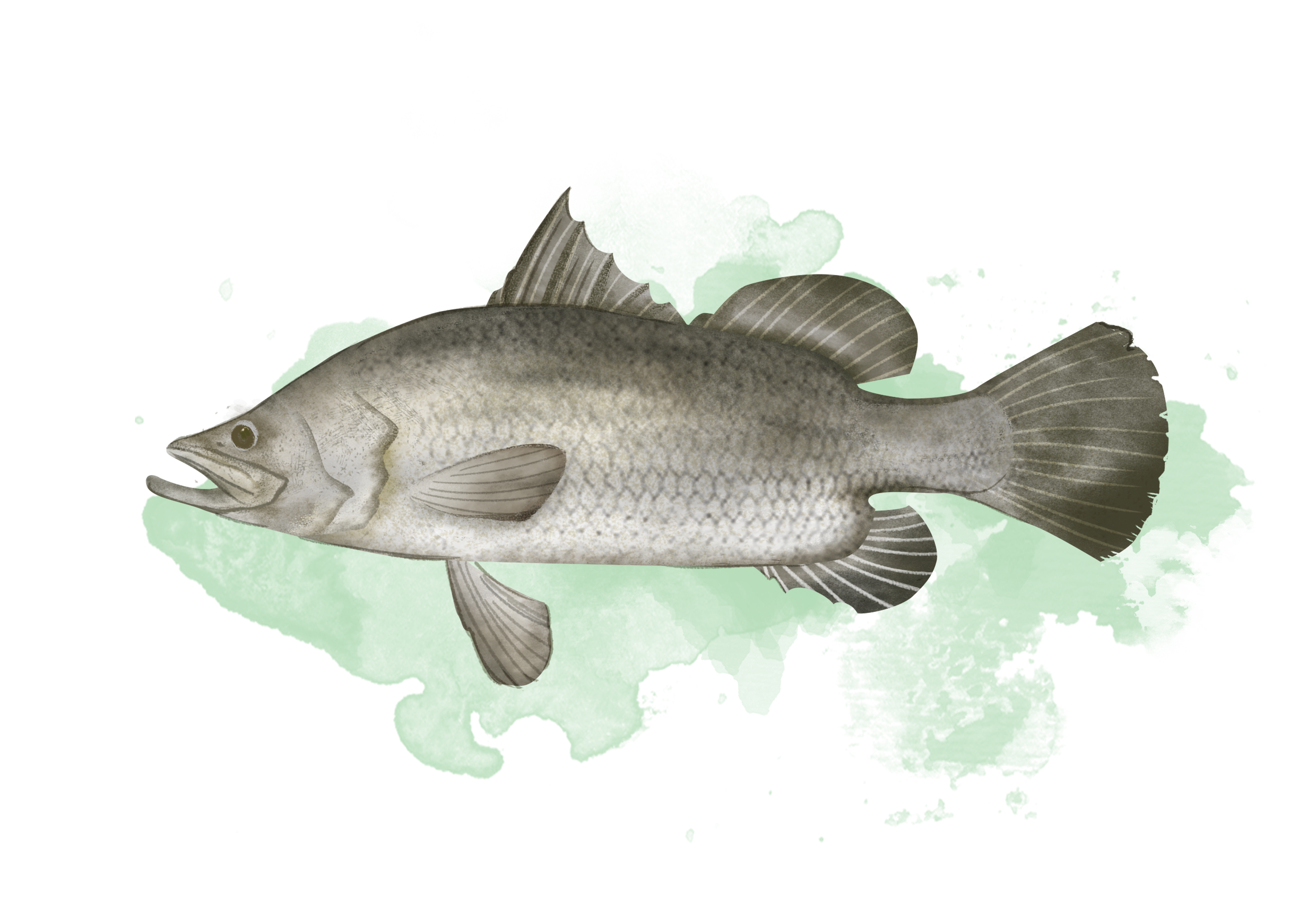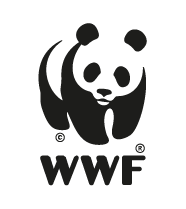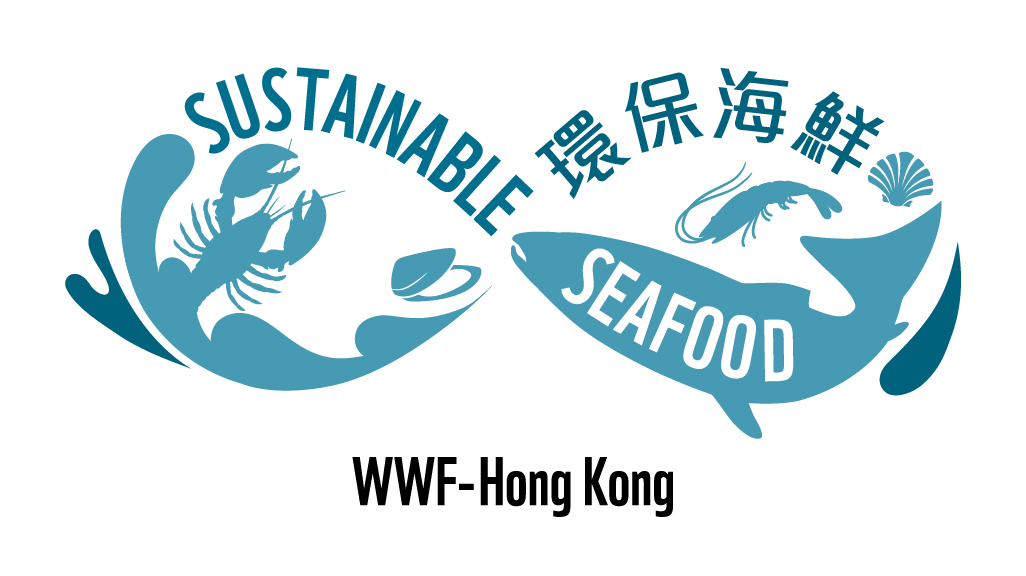
Hatchery-based
Barramundi farming relies on pellet feed. The fish-in-fish-out ratio is high, meaning that large volumes of fish feed are used to produce one kilogram of barramundi. Most feed sources are not traceable
Ponds with frequent water exchange have a moderate waste discharge. Habitat alteration is serious. Flooding may cause massive escapes, however, barramundi is a native species to Asian and Pacific waters where they are farmed. The escape impact is low to moderate. The risk of parasite and disease transfer from farmed fish to wild stock is lower in ponds than in sea cages. While the use of chemical is low, it has a negative effect on the environment.
Fish farming in Malaysia is often conducted without any meaningful or effective systems of environmental impact planning, capacity planning, spatial zoning etc. Most barramundi farms have not been subject to any environmental impact assessment or a coordinated, local process of capacity planning or spatial planning. Based on data on the level of regulation and legislation of the country’s aquaculture sector, the main issues that seem to have been addressed include environmental impact assessment, land and water resources management as well as chemical use during the grow-out process. There is hardly any enforcement of environmental protection laws at the farm level, which has led to an ineffective regulatory framework and negative impacts. The overall management is marginally effective.

